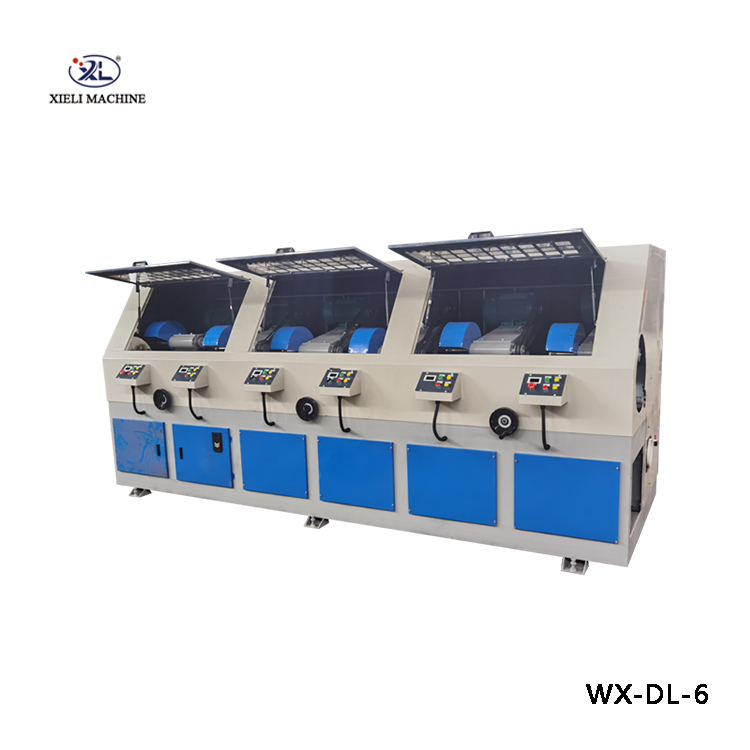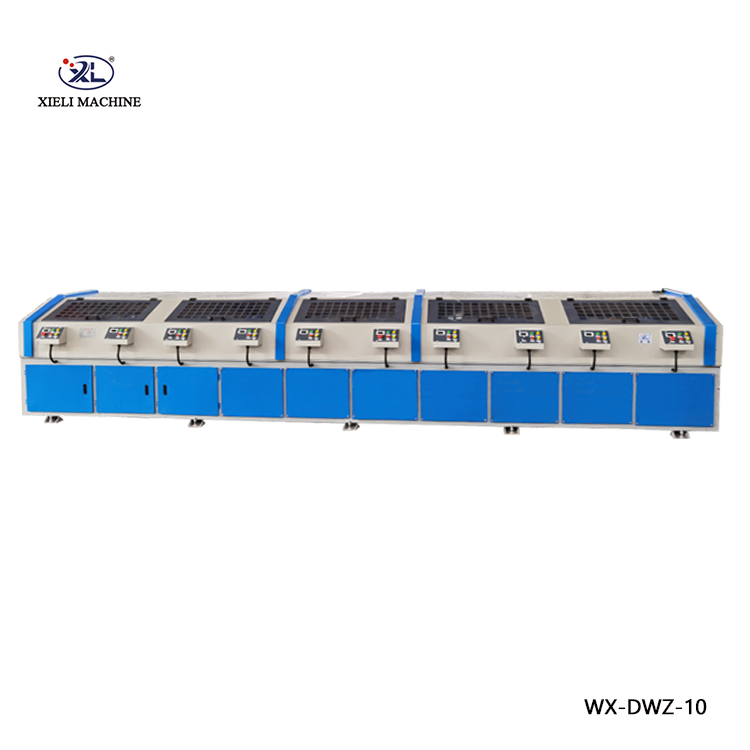Centerless Grinder Automation Products Revolutionizing Precision Machining
In the realm of precision machining, centerless grinding stands out as a fundamental process for achieving high tolerances and finishes on metal components. Traditionally, this process required significant labor input, with operators overseeing each machine cycle. However, the advent of automation has transformed centerless grinding, leading to greater efficiency, consistency, and cost-effectiveness. This article explores the evolution of centerless grinder automation products and their benefits for manufacturers.
Understanding Centerless Grinding
Centerless grinding is a machining process that removes material from a workpiece without the need for centering it on a spindle. Instead, the workpiece is positioned between two wheels the grinding wheel and the regulating wheel. This unique setup allows for continuous feeding of parts, making it ideal for high-volume production of cylindrical shapes.
One of the primary advantages of centerless grinding is its ability to maintain precision while processing a wide variety of materials. However, the non-stop operation of machines, combined with the intricate setup, requires skilled technicians to monitor performance, make adjustments, and perform maintenance. Thus, automation began to emerge as a solution to streamline operations.
The Rise of Automation in Centerless Grinding
Automation products for centerless grinding come in various forms, from robotic loaders to advanced CNC controls. The integration of these technologies has led to significant improvements in machining capabilities.
1. Robotic Loading Systems One of the most notable advancements in automation for centerless grinders is the implementation of robotic loading systems. These robots can load and unload parts from the grinder, increasing output by reducing the cycle time between parts. Additionally, they minimize the risk of human error, enhancing the consistency of production runs.
2. Vision Systems Automated vision systems are also making waves in the world of centerless grinding. These systems utilize cameras and image processing algorithms to inspect parts in real-time. By ensuring that only parts meeting strict quality standards proceed through the grinding process, manufacturers can reduce waste and improve overall quality.
centerless grinder automation products

3. CNC Controls Modern centerless grinders are increasingly equipped with advanced CNC (Computer Numerical Control) systems. These controls allow for sophisticated programming of grinding cycles, enabling manufacturers to handle complex geometries and specifications with ease. CNC controls also facilitate real-time data logging, allowing companies to analyze performance and optimize processes.
Benefits of Automation in Centerless Grinding
The integration of automation products into centerless grinding processes offers a myriad of benefits
- Increased Productivity With the ability to operate continuously without the need for constant operator supervision, automated centerless grinders can significantly increase production rates, allowing manufacturers to meet growing market demands.
- Enhanced Precision and Quality Automation reduces variability associated with human involvement, enhancing the precision of machined parts. Consistent quality improves customer satisfaction and establishes a reputation for reliability.
- Lower Labor Costs While the initial investment in automation technology may be significant, the long-term savings on labor costs and increase in throughput often justify the expenditure. Reduced reliance on manual labor allows companies to allocate human resources to more strategic, value-added activities.
- Improved Safety Automation can decrease the risks associated with manual handling and repetitive tasks, leading to a safer work environment for employees. Furthermore, operators can focus on monitoring and maintaining machines rather than performing strenuous physical tasks.
Conclusion
The ongoing evolution of centerless grinder automation products is reshaping the landscape of precision machining. Through robotic systems, advanced CNC controls, and innovative inspection technologies, manufacturers are witnessing unprecedented improvements in efficiency, quality, and safety. As industries continue to embrace automation, those who invest in these advancements will position themselves at the forefront of competitive manufacturing, ready to meet the challenges and demands of the future. The future of centerless grinding is not only bright but also automated.





